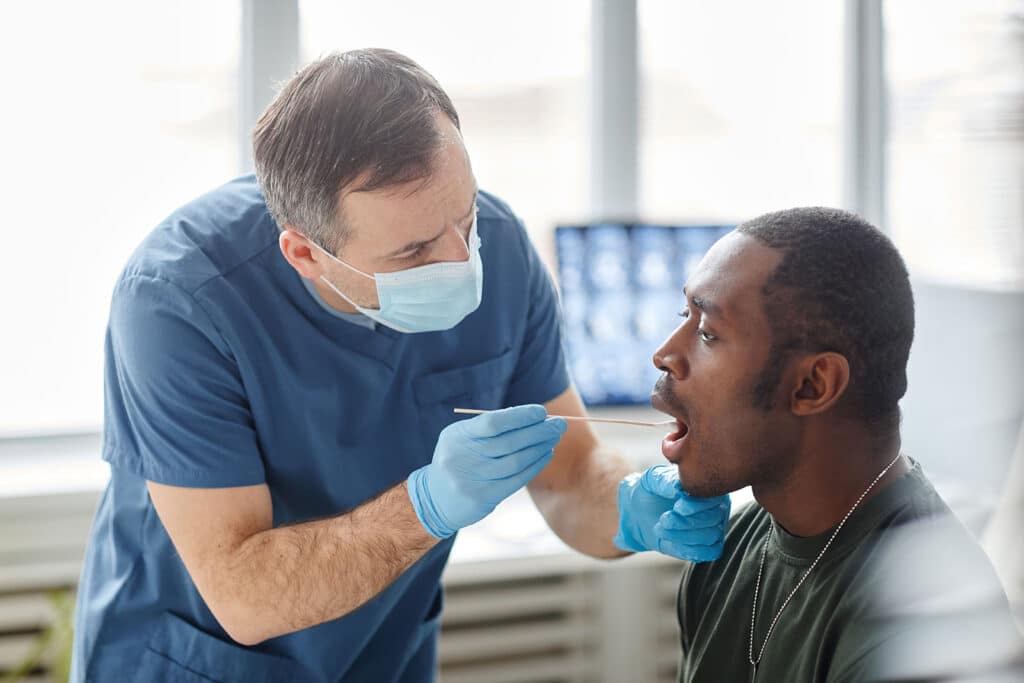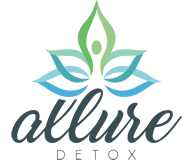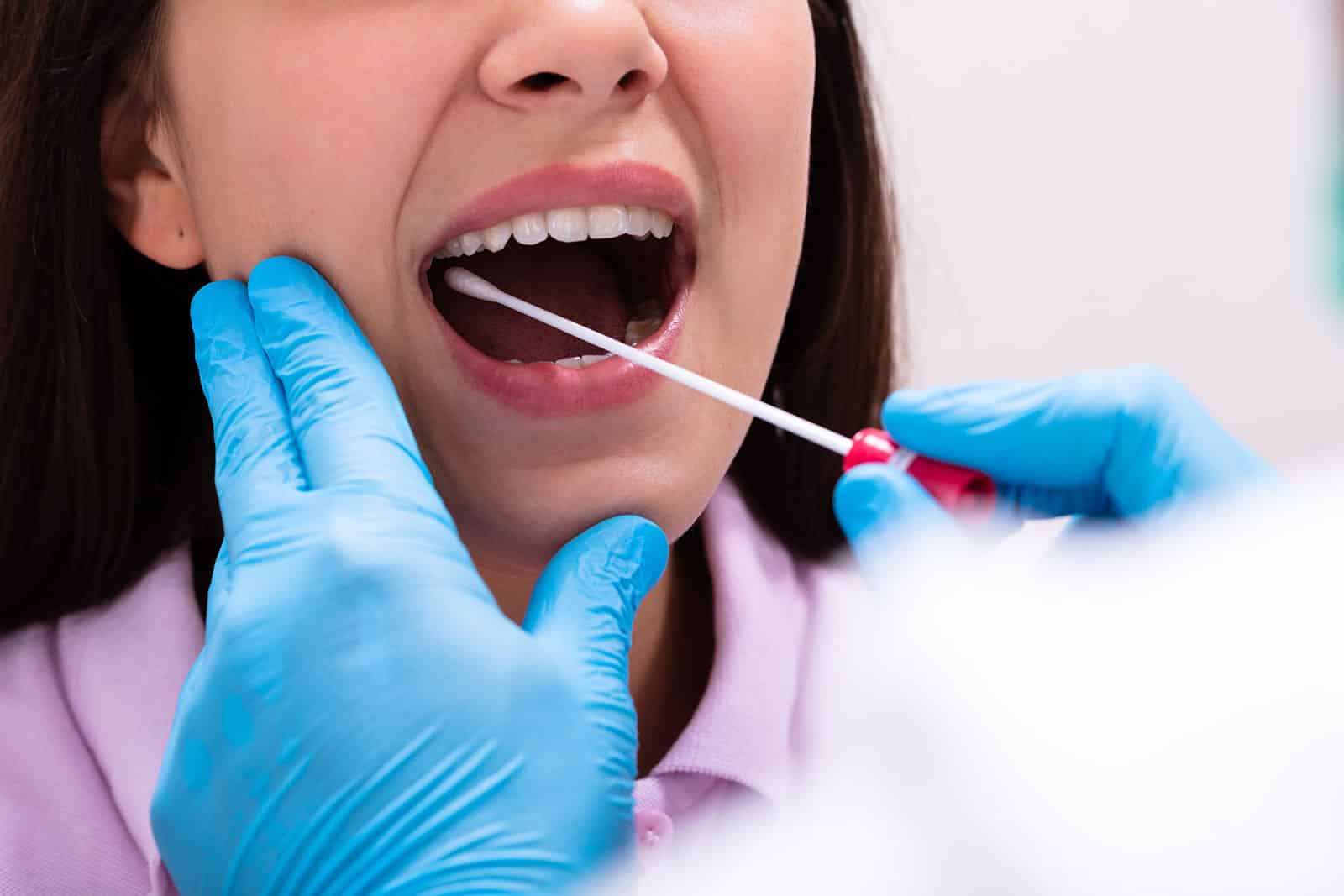Drug tests have been a part of society for decades. For example, the International Olympic Committee began testing athletes for performance-enhancing drugs in 1968. In the United States, drug testing started becoming more commonplace in the 1970s, and regulations were put into place en masse a decade later to implement workplace drug testing.

The types of drug tests that are being utilized have increased over the years as well. Some of the most common ones have been blood, hair, and urine drug tests, all of which are preferred if testing beyond recent use is the intent. However, there are some limitations related to those that have caused them to be utilized less often nowadays. For example, blood testing requires intrusive procedures conducted by trained professionals while blood, urine and hair testing necessitates the use of facilities that have been designed for that purpose.
There is an additional type that is being increasingly utilized: mouth swab drug tests, which are also known as saliva drug tests. The main reasons why include their ease of administration, their non-invasive nature, how cost-effective they are and how difficult it is for someone being tested to skew the drug test results.
Some of the common places where they are utilized include workplaces, rehab centers and probation offices.
However, their detection times are generally much shorter than the other options. At the opposite end of the spectrum, hair tests can detect substances that were taken up to around 90 days prior. For this reason, mouth swab drug tests are used much more so to detect recent drug use. In particular, they can usually determine if someone is currently under the influence of a drug.
Table of Contents
Understanding mouth swab drug tests
A mouth swab drug screening is normally administered through the taking of a saliva sample from the inside of the cheek or under the tongue with a cotton swab, pad or sponge.
The individual who is taking the test should not consume any food or drinks for the 10 minutes immediately preceding the administration of it. Food and drinks that have greater potential for causing a false-positive or false-negative result include salt, vinegar and fruit. Also, you shouldn’t use mouthwash as it will eliminate drug metabolites from the saliva.
The testing process itself takes about two minutes, and results are known within a few minutes afterwards.
Many different drugs can be tested although the length of time that has passed between use and it showing up in this type of test varies. The same is true as far as how much time can pass before the drug use is no longer detectable.
This testing method has been estimated as being 98% accurate. That said, it should be noted that amphetamines and benzodiazepines tend to be harder to detect with an oral fluid drug test as compared to other drugs.

Detection Periods of Common Substances
For a number of reasons, it is an inexact science as far as providing detection windows of common substances. Factors include the individual’s age and metabolism as well as, of course, how much of the drug has been consumed or injected. That relates, most importantly, to the size of the most recent dose while it having also been used for some time prior to then can have a relatively minor impact as well.
With that said, here are some estimates.
As far as being detected shortly after use goes, alcohol tends to be the quickest as its detection is possible essentially immediately. It is followed by amphetamines, methamphetamines and cocaine, which are usually detectable once 10 minutes have passed. Substances requiring about an hour before detection is possible include marijuana/cannabis (which contain the psychoactive compound THC), MDMA and opiates (different from opioids).
Looking at the other end of the timeline (i.e. how long these substances will remain detectable for), most will be for at least 24 hours. However, alcohol and marijuana have perhaps the shortest time periods in this respect with many experts saying that they will only remain detectable for 12 hours. Some say 12-24 hours instead, perhaps even longer for marijuana users, particularly chronic ones.
Otherwise, the use of MDMA, cocaine or benzodiazepines is detectable until roughly 24 hours have passed after use. The estimated related timelines for amphetamines is 72 hours and for methamphetamines is 96 hours.
How long opiates can be detected varies tremendously, depending on which one has been consumed. Thirty hours is a rough timeline to keep in mind. Generally, hydrocodone tends to be on the shorter end at around 24 hours while heroin is usually at the other extreme as its timeframe is approximately 120 hours.

Legal Considerations
Legal specifications related to mouth swab drug tests vary from state to state and otherwise. Most notably, they may not be administered in Hawaii, Maine or Vermont. Meanwhile, in some other places, they are allowed but only under specific circumstances.
Conclusion
Mouth swab drug tests have become much more common over the past few years, primarily because they can be so easily administered while providing accurate results as well. However, they do not detect substance use from more than several hours or a few days beforehand, which is a significant consideration.
If you would like to learn more about drug testing methods or the services that we offer individuals who are looking to move on from drug use and turn their lives around, reach out to Allure Detox. We offer an effective detox experience, which is a vital step on the path to recovery for many.


